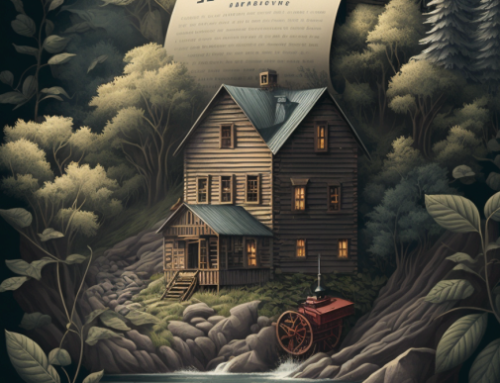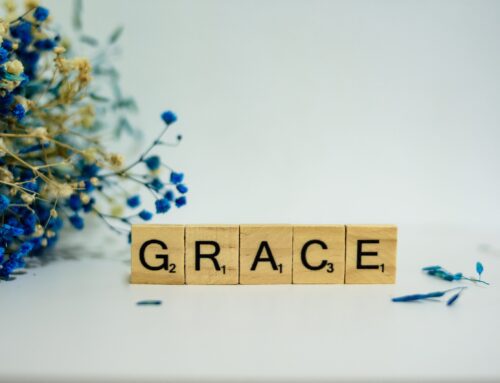It seems to me that all artists including painters, sculptors, and especially writers have a fascination of how to tap into the creative energy that is often referred to as the Muse. (Actually, there’s not one but nine different Muses who are, according to Wikipedia, “the personification of knowledge and the arts, especially literature, dance and music, are the nine daughters of Zeus and Mnemosyne.”)
In my most recent investigation in how best to tap into this creative energy, also referred to as Divine Guidance, the subconscious, or at least a dozen other names, I stumbled upon how many are using lucid dreaming to make a stronger connection.
This popped into my awareness from a great podcast, Mysterious Universe, during one of their recent weekly shows where they reviewed a book entitled Dreams of Awakening: Lucid Dream and Mindfulness of Dream and Sleep by Charlie Morley.
In his book, Charlie, not only outlines a bit of the history of lucid dreaming and the many benefits such dreaming, he also outlines the latest techniques for developing the ability.
If you’re not familiar with what lucid dreaming is, it’s basically the ability to be aware and conscious of your dreams so you can be a more active participant. Or as Morley writes:
“a lucid dream is a dream in which we are actively aware that we are dreaming as the dream is happening. But don’t be deceived by this dry definition. Lucid dreams are commonly described as among the most thrilling experiences to be had. A fully lucid dream is not a hazy, imprecise phantasmagoria, but a full-colour, high-definition and hyper-realistic experience. It can profoundly reconfigure our perceptions of reality.”
Tapping into the Muse through Other Sleep States
I’m a long way from being able to dream in such a manner, but I have already been able to benefit from Charlie’s guidance by tapping into the time just prior to sleep (called hypnagogia) and the time just after awakening (called hypnopompic). Since I was already familiar with these stages of sleep and already had easy access to them, I found these are a rich time for creative problem solving, and I’m not the only one. Writes Morley:
“For hundreds of years, both left- and right-brainers have been using the hypnagogic state as a kind of ‘holodeck’ for creative problem-solving and thinking outside the box of logical thought. Its unique combination of right-brain dominance with wakeful awareness makes it the perfect place to see ideas in a new light.
Edison, the inventor of the light bulb, used to engage the hypnagogic state for creative problem-solving and even accredited his final design for the light bulb to a revelation that he had while drifting into a hypnagogic nap.”
But as mind blowing as the hypnagogic stage can be, it doesn’t compare to the hypnopompic state:
“The hypnopompic state is as creative and imaginative a state as the hypnagogic, but because it occurs after the psychological processing of sleep and dream, it contains a clarity and vastness unmatched by the hypnagogic. Whereas the hypnagogic is characterized by imagery and visuals, the hypnopompic is often more of a blank canvas, a clear, non-conceptual awareness dawning like the sun. By accessing the hypnopompic we are gaining insight into our mind at its clearest and most radiant, as the clutter of the previous day’s residues and chattering thoughts has been filed away. For many people, mindfulness meditation applied in the hypnopompic can be one of the most refined experiences of pure consciousness that they have.”
How I’ve Used These Sleep Stages in my Writing
So, as I prepare to write the follow up book of Seeds of a New Birth during next months NaNoWriMo, I’ve been using these sleep states to tap into my creativity, gaining much more clarity about the storyline, the characters, and overall theme for the book.
I’d enjoy hearing from others who have found ways to tap into the many benefits of lucid dreaming and these other sleep states. Please comment below. Now, it’s time for my afternoon nap. It’s great to know that I’ll still be ‘working’ as I sleep.
And if you’re interested in tapping into your own creative potential through lucid dreaming, well, there’s an app for that. Well, of course there is. In fact, there are several. The one that I’m using is called Lucid Dreamer by Guardanis. It’s available for free on Androids. I’m not sure about it on Apple iphones and the like. There’s also plenty of helpful information on YouTube. Check it out, and dream your way to your next bestseller.




Leave A Comment